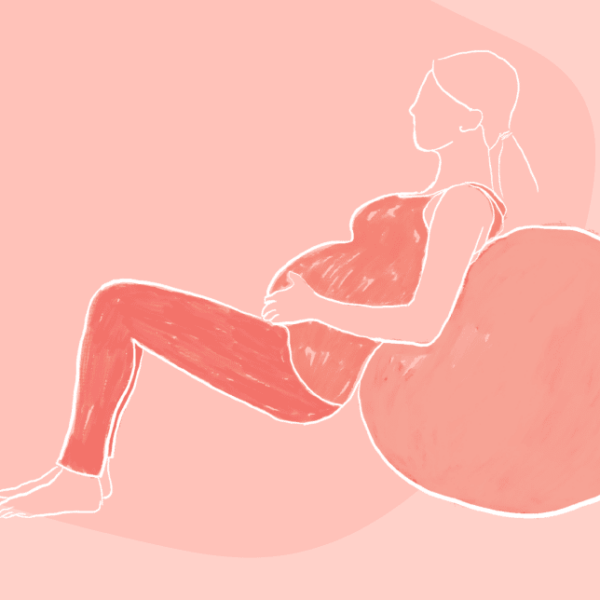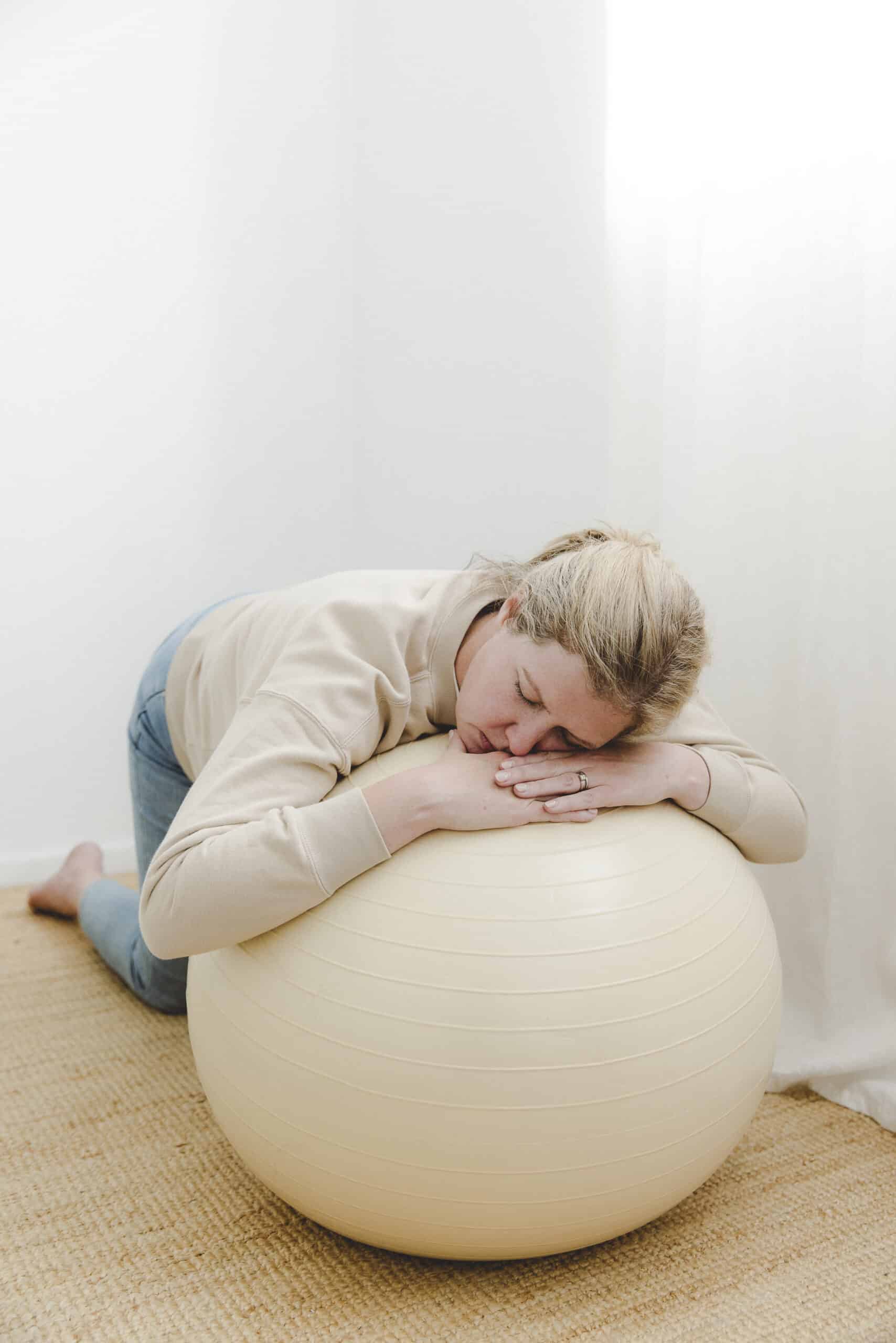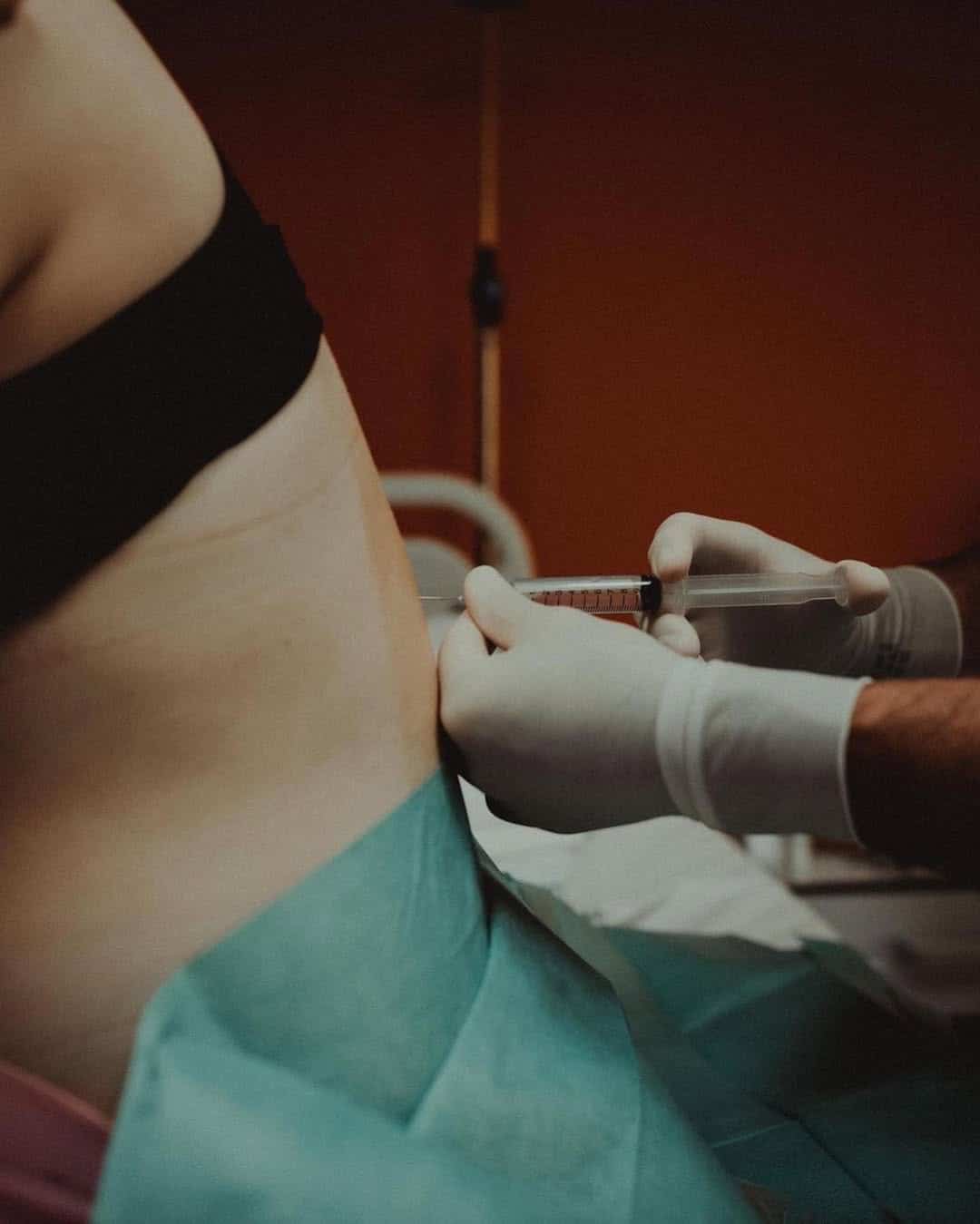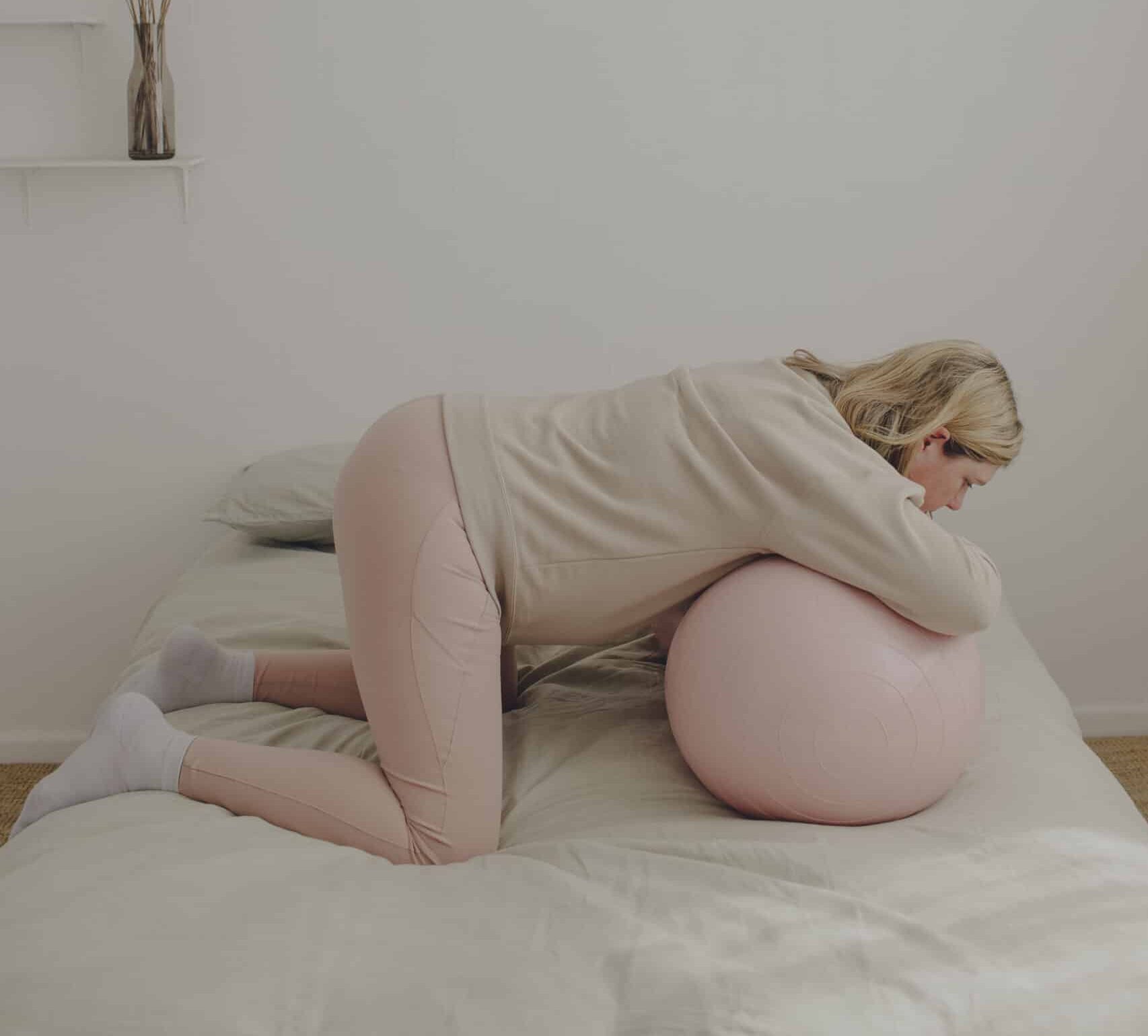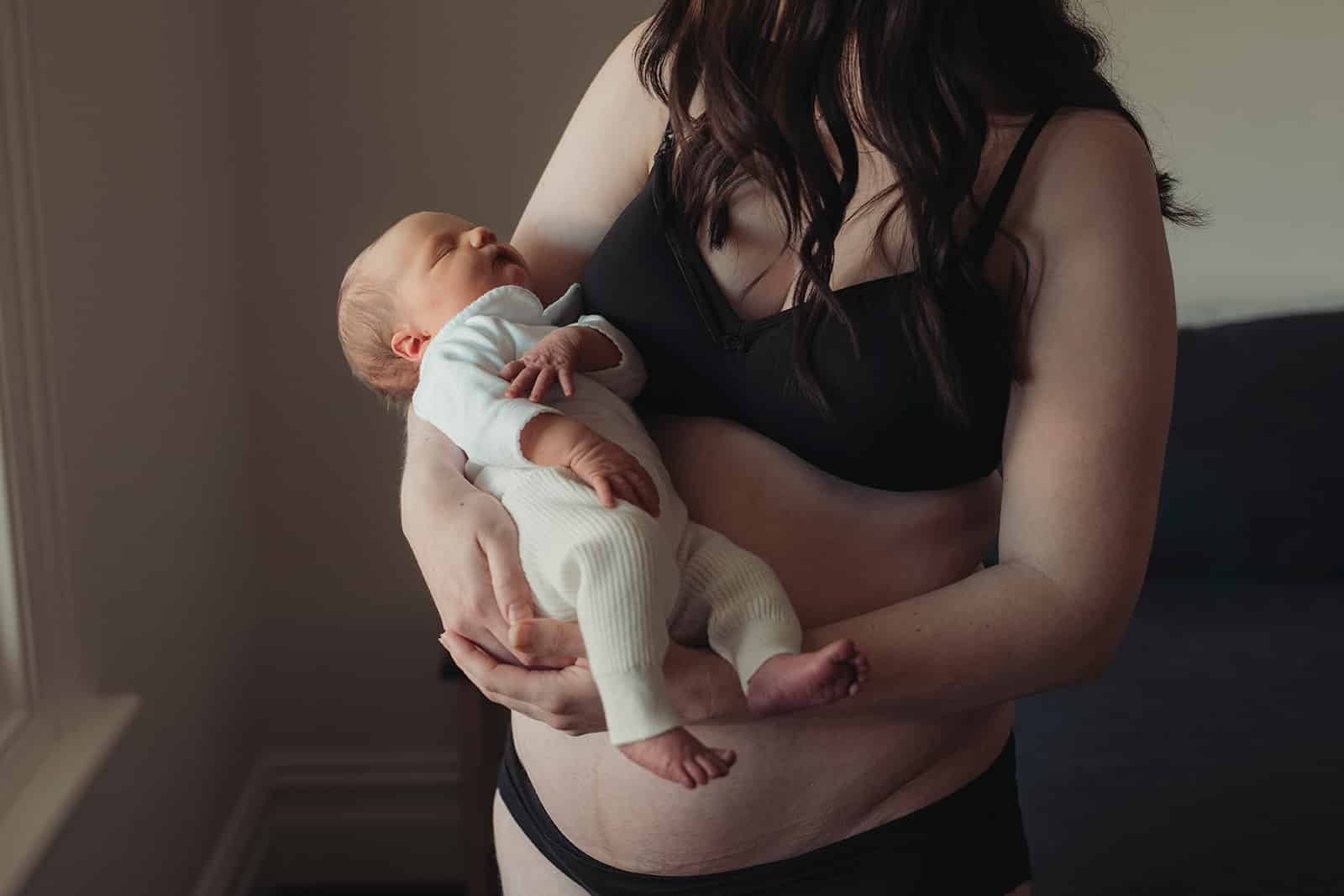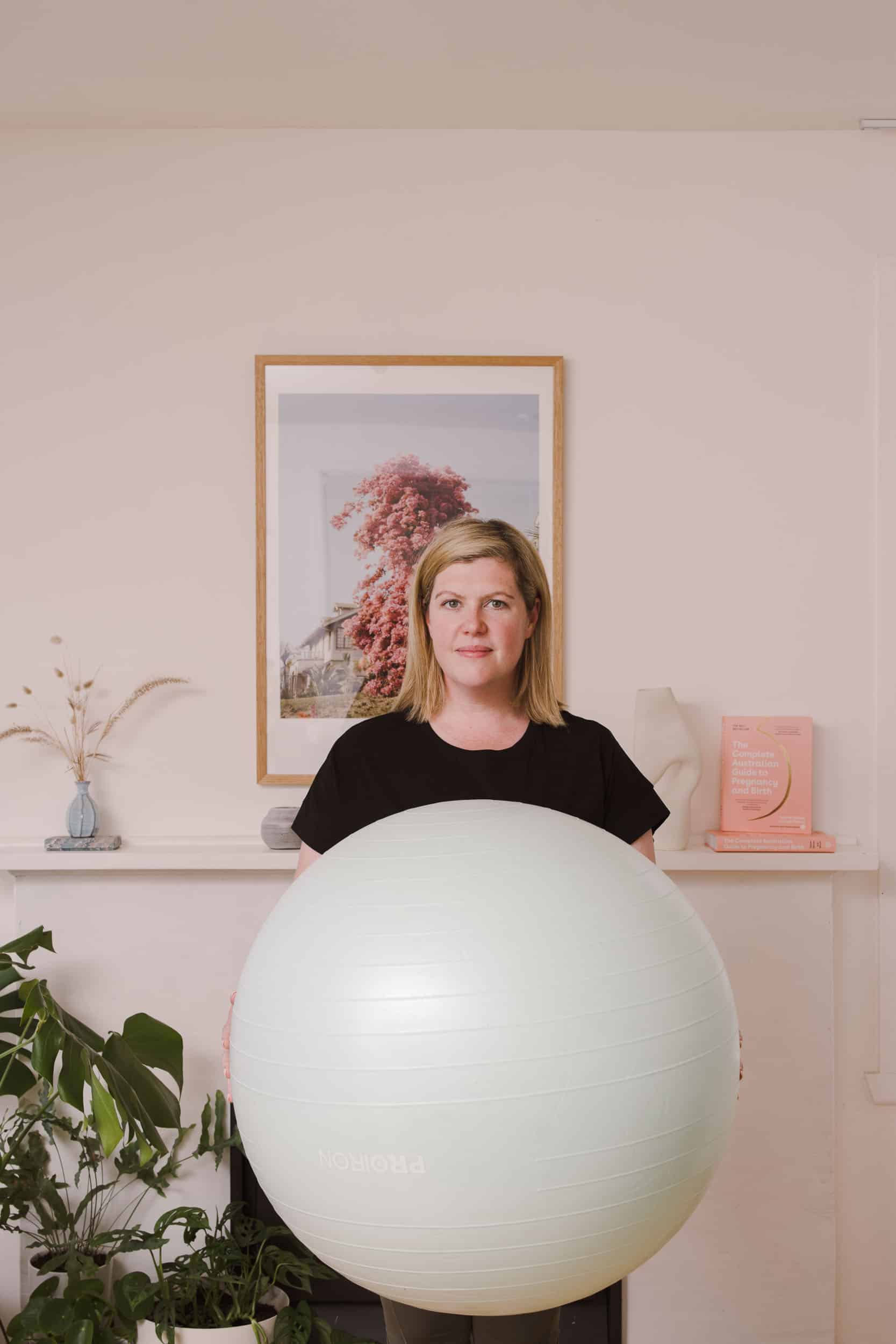Birth How to Breathe in Labour
How to Breathe in Labour

It’s a really common question but please don’t worry about all you don’t know about breathing in labour.
Remember that your body knows how to breathe; it’s doing it right now without your direction or control. Breathing techniques (like all birth skills) are not complicated; they’re actually very simple techniques that require practise more than they do a high level of skill.
The key to knowing how to breathe in labour? Practise in pregnancy so it becomes a habit you instinctively turn to in labour, especially when you’re feeling fearful, stressed or overwhelmed.
The most important thing in labour is to stay present. And the best way to do this? Focus on your breath.
Once you’re in active labour (when your contractions are typically 3-5 minutes apart and lasting for a minute) it’s really easy to wait in anticipation for the next contraction. When you do this you naturally tense and hold your breath. And when you feel the first twinge of the next contraction? You recoil (much like the shock when your hand accidentally touches the hot plate on the stove). Because you’re tense, you feel pain more acutely and because your breathing is shallow, you’re prone to getting more and more stressed. This tension, stress and pain can quickly dictate your labour experience but the breath – in particular deep breaths in through the nose and long exhalations out of the mouth – can bring you back to the here and now; grounding you, calming you and allowing you to be soft and receptive to each contraction.
In labour, you want to keep your body soft, your jaw relaxed and your breath deep.
Soft body, open mouth, deep breath.
There are two simple breathing techniques you can utilise in labour to help you stay relaxed and present:
How to Breathe during Contractions
During contractions you want to embrace the relaxing, releasing, letting go breath. This looks like:
Inhaling through the nose and exhaling out of a soft, open mouth. Use sighs and/or sounds to lengthen your outward breath so you’re essentially “riding” the constractions with sound. In early labour these sounds will be soft and light (much like your contractions); think sighs and ahhhhhs. As your labour intensifies and draws you further down, your sounds will naturally get deeper and more like primal groans; think ooooohhhhhhssss, oooooms, roars and grunts
In summary: during a contraction, you breathe in through your nose and exhale out of a soft, open mouth. Making sound (but not forcing sound) to help you ride the contraction.
How to Breathe between Contractions
Between contractions you want to focus on staying grounded, staying present, conserving energy and letting go of all your tension, especially in deep, active labour. This looks like:
Let the floor, the bed, and the side of the bathtub hold you; let your body be heavy so you’re not using any energy. This is the time to conserve energy in between contractions and focus solely on your exhalation (the releasing, grounding breath) which will also help you stay present and not project to the next contraction). You want to breathe into your diaphragm/belly so if you can, rest your hand below your ribcage and inhale here so you feel your hand rise with the inward breath. Again, exhale out of a soft, open mouth.
Breathing During Labour
In summary drop, all your tension, let your body be heavy, breathe deeply and fully into your belly, and exhale out of a soft, open mouth. If you find that your thoughts are running away, bring them back to the present moment by mentally repeating: I am breathing in, I am breathing out.
Tip: If you get to the stage in labour where you’re tense and overwhelmed and your breath is short and sharp, the best thing to do is hold onto your birth support partner (so they can ground and anchor you) and focus on breathing out of your mouth and breathing down (you’re aiming to get your breath to touch the floor). This action, of literally sending your breath down to the floor will help ground you (mentally and physically). This is a great tip for birth partners, too.
If you’d like to continue learning with me, be sure to check out my Online Childbirth Education course The Birth Class. Over 10 value-packed audio lessons — and from the comfort of your own home — The Birth Class walks you through everything you need to know to feel positive, calm, capable and READY throughout your birth experience.
Listen on the go through an easy-to-use app. With lifetime access you and your birth partner can listen as often as you like. The Birth Class comes together with a 70-page colour workbook which includes a Hospital Bag checklist and Birth Preferences Template. To have you feeling relaxed and ready throughout your pregnancy I have included a 25minute Yoga Nidra Meditation and Breathing Exercises for Pregnancy. To learn more head to The Birth Class.
Our Podcast Picks for You
Categories
Related Products
-
The Birth Class
105 reviews$249.00The empowering online childbirth education program that will help you confidently prepare for birth.
Get your copy of our Perineal Massage Guide in your inbox
Keep Reading
We think you might enjoy these articles
@AustralianBirthStories
Follow along with us
@AustralianBirthStories
Follow along with us
@AustralianBirthStories
Follow along with us
@AustralianBirthStories
Follow along with us
@AustralianBirthStories
Follow along with us
@AustralianBirthStories
Follow along with us
@AustralianBirthStories
Follow along with us
@AustralianBirthStories
Follow along with us
@AustralianBirthStories
Follow along with us
@AustralianBirthStories
Follow along with us
@AustralianBirthStories
Follow along with us
@AustralianBirthStories
Follow along with us


